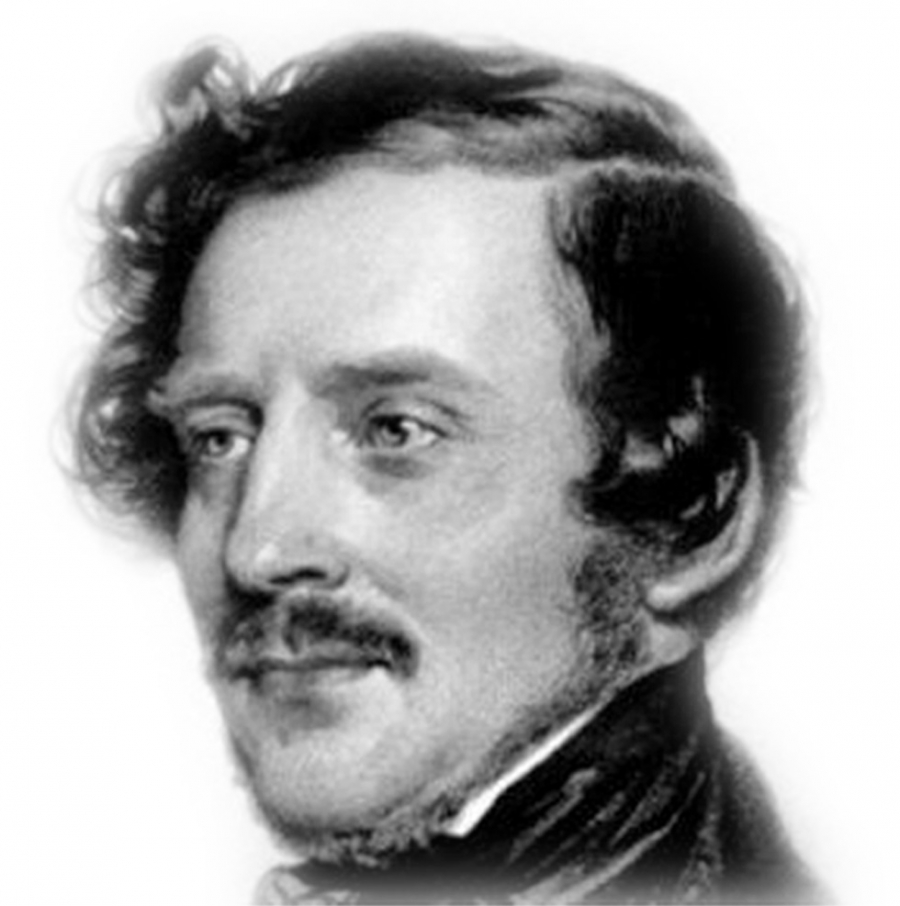Domenico Gaetano Maria Donizetti is one of the greatest opera composers from the first half of the 19th century. Together with Gioachino Rossini and Vincenzo Bellini, he contributed to the exceptional uplift of the Italian operatic art and for the development of the Bel canto style. He is an artist with amazing melodic talent, which inspired the younger composers like Giuseppe Verdi.
Donizetti was born on 29 November 1797 in Bergamo, Lombardy. He was the third child in a family, in which there were no musicians. His development he owed to Simon Mayr, who at that time was holding the prestigious office of Maestro di cappella in the church in Bergamo. He accepted the 6-year old Gaetano in the choir, and later supported him in his entire education in piano and composition. In 1816, again with the help of Mayr, Donizetti set off to study at the Bologna Academy. There he composed his first opera – “Il Pigmalione”, but, unfortunately, he didn’t live long enough to see it on stage.
In 1818 Donizetti enrolled as mercenary in an Austrian regiment, which a short time after was sent to Venice. There the composer wrote “Enrico di Borgogna”. Having offered the opus to the theatre management, it was staged and was received with a great interest by the audience. These times inspired the artist years later, when he composed “La fille du régiment”.
In 1822 Donizetti moved to Naples, after having received an offer for work by Domenico Barbaja, Director of Teatro San Carlo. There were produced more than 50 of Donizetti’s operas.
The composer is known mainly with his comic works till 1830, when was the premiere of “Anna Bolena”. The historical thematic was moving Donizetti very much, but not the ideological and political side of the plots, but the human fate. A series from the masterpieces, created by his imagination, were lent from real events: “Roberto Devereux”, “Maria Stuarda”, “Lucrezia Borgia”. After the presentation of “Lucia di Lammermoor” in 1835, Donizetti was already at the top of his fame. After Bellini’s death, Donizetti remained the only leader of the Italian opera school. He started teaching at the Naples Conservatoire and working as a court composer in Vienna.
Since 1836, Donizetti began to have more and more interest in working in Paris, where he was not hardly pressed by the Italian censorship and he was feeling much bigger freedom for his creation. He became Director of one of the opera theatres in Paris and was spending a significant part from the next ten years there, where he composed also several operas in French. The first of them was the second version of “Poliuto”, which after the edition (1840) received the name “Les martyrs”. This was a fruitful period for the composer, who during these years composed “La fille du régiment”, “La favorite”, “Linda di Chamounix”, “Don Pasquale” and the last one – “Caterina Cornaro”. After 1843, Donizetti started again travelling intensively to Naples, Rome, Paris and Vienna, while continuing to compose. The mental disorder, from which he was suffering, aggravated and in 1846 he was forced to put up in a clinic for mentally sick people. There he spent the time till the end of the next year, when his friends returned him in Bergamo on 8 April 1848.
